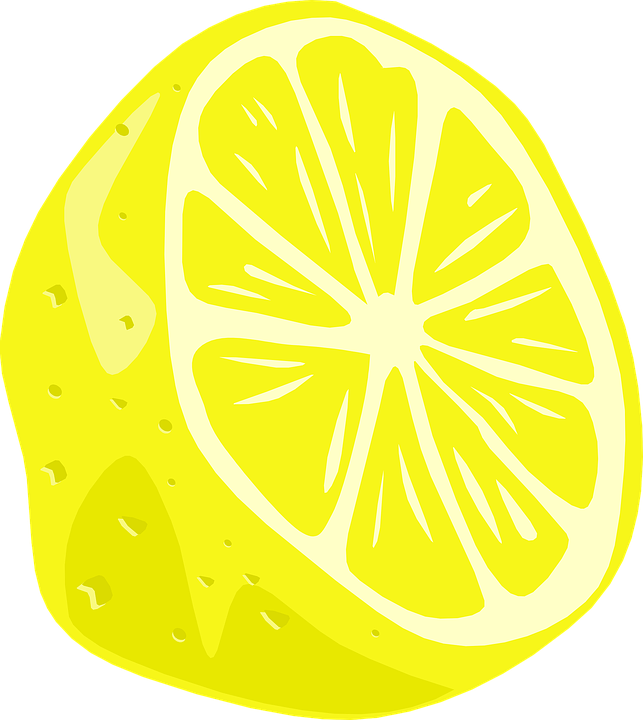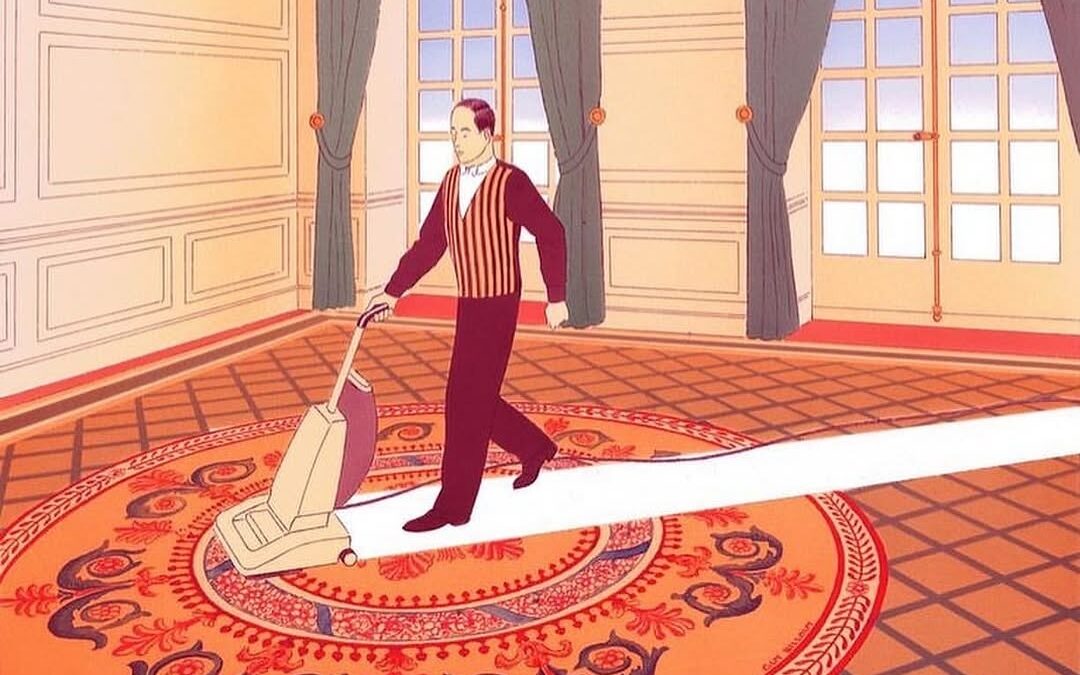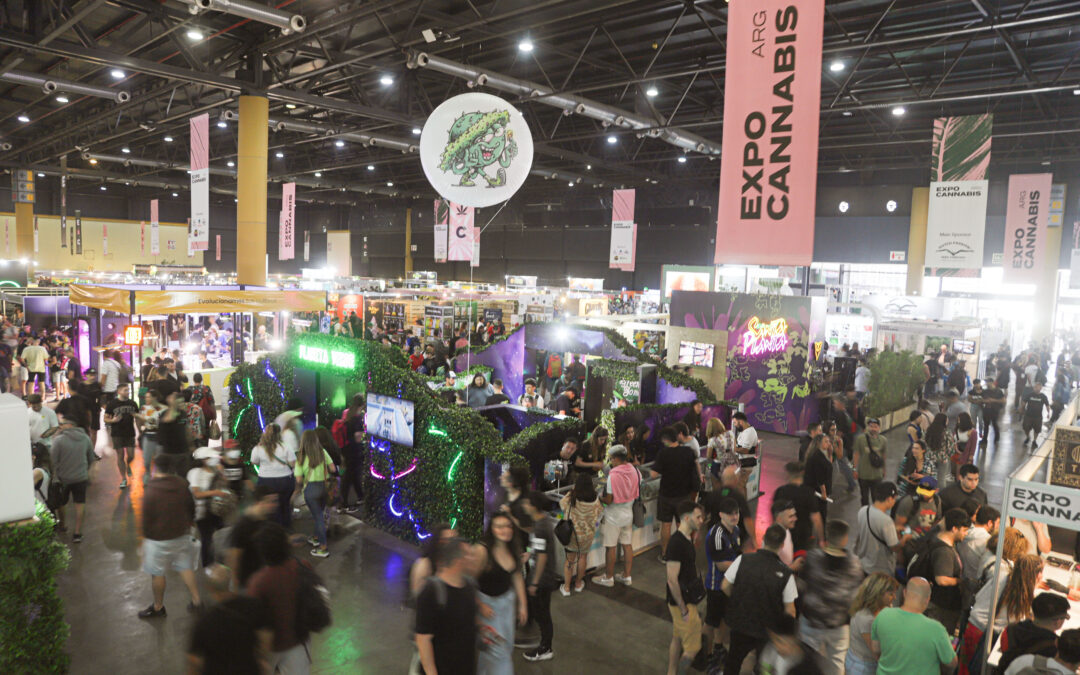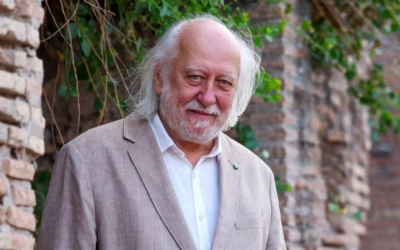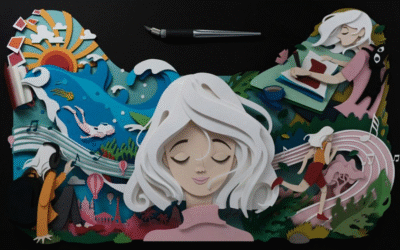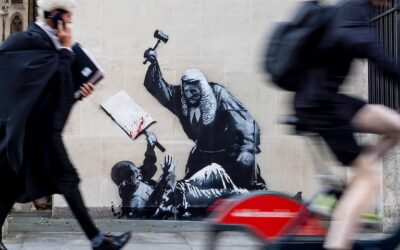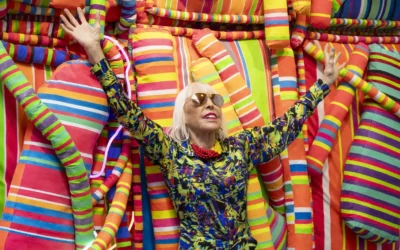In the past, financial crises have proven particularly grim for auction houses, and the pandemic’s economic impact was no different; it caused a slump in annual sales for the world’s top auction houses—Christie’s, Sotheby’s, and Phillips—of 16 percent to 25 percent.
By June, however, sales volume had bounced back to pre-pandemic levels, the financial lag only momentarily deterring big spenders across the globe. The spring sales drew “a lot of eager bidders” looking to capitalize on the chance to get major works for a steal, according to Vanessa Fusco, Christie’s New York head of Impressionist and modern art. Among those major works was a Picasso portrait of the artist’s muse Marie-Thérèse Walter at Christie’s New York, which sold for a whopping $103 million after a 20-minute bidding war.
For some collectors it was about turning a profit. Israeli business tycoon Joseph Hackmey sold van Gogh’s chartreuse landscape Le Pont de Trinquetaille (1888) in May at Christie’s for $37.4 million, more than triple the $11.2 million he paid for it at auction in 2004. Valentino cofounder Giancarlo Giammetti sold Basquiat’s 6½-foot-tall red painting of a leering skull for $93 million; it’s now the second-most-expensive Basquiat ever sold at auction. Giammetti bought the work from Gagosian gallery in 2007, and it last sold at auction in 2004 for just under $1 million. Seattle-based real estate developer Richard C. Hedreen sold David Hockney’s California landscape Nichols Canyon (1980), which he’d held since 1982, for $41 million at Phillips. At Christie’s in April, Chilean economist and prolific Old Masters collector Álvaro Saieh sold a 13th-century Roman painting he’d owned since 2002; the Museum of Fine Arts Boston won Eight Scenes from the Life of Christ for $1.2 million.
At Phillips, David Hammons’s mixed-media work It’s Not Necessary (1990) sold for $5.5 million, the artist’s second-highest price ever achieved in a public sale. It had long been owned by Dirk Schutyser, a founder of the museum S.M.A.K. in Ghent, Belgium, who died this past December. Colorado-based private equity executive J. Landis Martin, long a devout collector of Clyfford Still, parted with Still’s PH-568 (1965), which sold at Sotheby’s Hong Kong for $16.2 million. (It resurfaced only a few months later, in July, with New York dealer Emmanuel Di Donna. Claiming the work was undervalued at auction, Di Donna was offering it privately at a price of $20 million.)
Other art buyers went big for rare works that had long been off the market. In March, ARTnews revealed that Simon and David Reuben of the British billionaire family were the buyers of a $15.4 million Montmartre street scene painted by van Gogh in 1887. Prior to its auction at Sotheby’s Paris, the painting had been in private hands for more than a century.
The pandemic’s financial stall also didn’t quell speculators’ trading at certain levels of the market. Hong Kong–based contemporary art collector and venture capitalist Lawrence Chu bought Mark Bradford’s sprawling 2011 black-and-white Drag Her to the Path in 2017 on a guarantee of £2.27 million ($3 million). This past December, only a few years later, Chu flipped it at Sotheby’s for $3.7 million. At Phillips, Oslo-based collector and translation service owner Arne Austrheim sold South African rising star Cinga Samson’s 2018 painting of a young Black figure with a vacant stare, Two Piece 1. When Austrheim bought it in 2018 from Blank Projects in Cape Town, Samson’s works were selling privately at prices between $10,000 and $15,000; he sold it at Phillips for a final price of $300,000, 12 times its low estimate.
